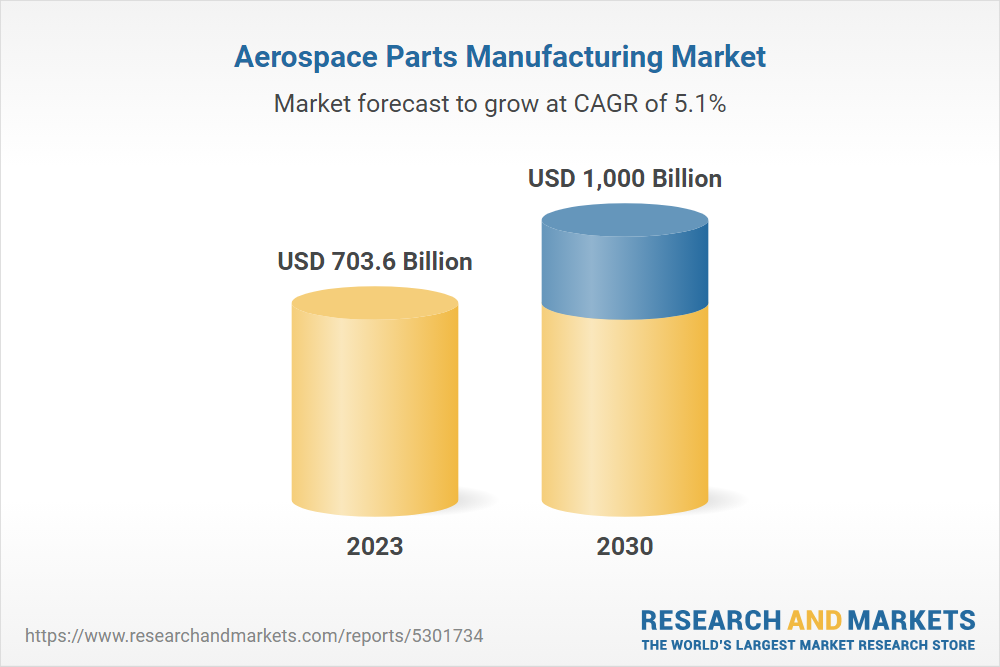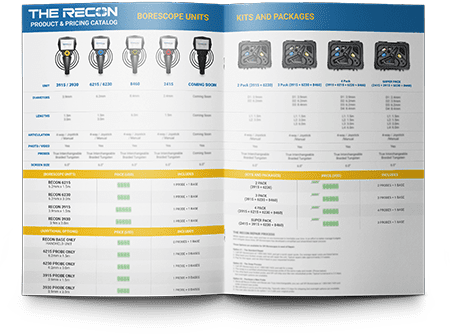
The aerospace industry is poised for unprecedented growth, with the global market for aerospace parts manufacturing projected to soar to USD 1.29 trillion by 2031. Engineers in the aerospace sector must stay abreast of these transformative developments to navigate the industry’s evolution effectively. Join us as we explore the latest insights and projections shaping the future of aerospace manufacturing.
Current Market Landscape:
The aerospace parts manufacturing market, valued at USD 898.58 billion in 2022, is on a steady growth trajectory, set to achieve a CAGR of 4.1% during the forecast period (2024-2031). Manufacturing aerospace parts entails significant administrative costs and adherence to superior quality standards. Across the value chain, numerous aircraft manufacturing industries are highly active and integrated, obtaining parts through provider agreements and internal production facilities.
Regional Market Analysis:
Regional dynamics play a crucial role in the aerospace parts manufacturing market. North America dominates the industry, commanding a 50.5% revenue share in 2022. With aging fleets and favorable economic conditions, the North American market remains ripe for aircraft and component manufacturing. The Asia Pacific region, projected to grow at a CAGR of 7.3% by 2030, is propelled by the burgeoning aviation sector in countries like China and Japan.
Global Economic Outlook for 2024:
Looking ahead, the global economic landscape presents both challenges and opportunities. Defense modernization programs and growing space exploration initiatives fuel demand for aerospace parts. However, manufacturers face hurdles with lengthy certification and approval processes, impacting production schedules and market competitiveness.
Aerospace Parts Manufacturing Market Analysis:
Product Analysis:
- The engine division, contributing significantly to the global market, is projected to reach USD 259 billion by 2030. Essential for aircraft performance, engines require ongoing maintenance and high-quality components.
- Insulation components, with sales projected to reach USD 38 billion by 2030, play a crucial role in ensuring engine efficiency and safety. The engine manufacturing sector is expected to grow at the fastest rate, driven by demand for engine parts and accessories.
Type Analysis:
- The commercial sector dominates aircraft parts production, driven by increased passenger and cargo demand. Business and general aviation aircraft see rising demand due to mobility and productivity advantages.
- The North American market leads the regional segment, fueled by a growing number of aging fleets and favorable economic conditions. Meanwhile, the Asia Pacific region is experiencing rapid growth, driven by expanding aviation sectors in China and Japan
Market Drivers:
- Defense modernization programs worldwide drive demand for aerospace components, benefiting the manufacturing market.
- Growing space exploration initiatives by government agencies and private companies increase demand for specialized aerospace parts.
Market Restraints:
- Lengthy certification and approval processes pose challenges for manufacturers, impacting production schedules and market competitiveness.
TLDR:
The aerospace parts manufacturing industry is poised for remarkable growth, driven by evolving market dynamics and technological advancements. The global market is estimated at US$703.6 Billion in the year 2023 and is projected to be US$1 Trillion by 2030. At SPI Borescopes, we are committed to supporting aerospace professionals with precision inspection equipment, ensuring the highest standards of quality and reliability.


